Yesterday morning the Pied-billed Grebes at Farmington were having a bit of a feeding frenzy and I was able to capture several instances of interesting feeding behavior.
1/1600, f/7.1, ISO 500, 500 f/4, 1.4 tc, not baited, set up or called in
This grebe surfaced with a young carp…
1/1600, f/7.1, ISO 500, 500 f/4, 1.4 tc, not baited, set up or called in
that was almost too big to swallow – this species is notorious for biting off more than they can chew when it comes to fish size. These grebes repeatedly pinch fish with their powerful mandibles, killing them by damaging internal organs and then swallow them whole, headfirst.
1/1600, f/7.1, ISO 500, 500 f/4, 1.4 tc, not baited, set up or called in
After the grebe had worked over the fish for a few moments it deliberately dropped it into the water and watched it below the surface for perhaps 3-4 seconds before retrieving it. Over the years I’ve watched hundreds of Pied-billed Grebes with fish prey and in my experience this species nearly always drops the fish into the water and watches it before proceeding with its meal. It’s my suspicion that the purpose of this predictable behavior is to verify that the fish is dead (or sufficiently stunned) before swallowing it but I don’t know that for sure.
1/1600, f/7.1, ISO 500, 500 f/4, 1.4 tc, not baited, set up or called in
The grebe then retrieved the fish…
1/1600, f/7.1, ISO 500, 500 f/4, 1.4 tc, not baited, set up or called in
and swallowed it, though it struggled to do so.
1/2000, f/5.6, ISO 640, 500 f/4, 1.4 tc, not baited, set up or called in
35 minutes earlier I photographed another grebe with prey but take a close look at this fish. It’s eel-like body is very different from that of the young carp. This is an invasive weather loach, a species I’ve documented at Farmington in the past.
1/2000, f/5.6, ISO 640, 500 f/4, 1.4 tc, not baited, set up or called in
As per usual, the grebe beat up on the fish before swallowing it (and yes, this grebe also dropped the fish before consuming it).
It was almost exactly 6 years ago today (December 12, 2007) that I photographed a Common Goldeneye swallowing a weather loach. Then, about a year later, I photographed a Snowy Egret with a weather loach. (both events can be seen here). Based on a conversation I had at the time with one of the DNR employees at the refuge, management personnel were unaware of the presence of the species in their marshes.
Then about a month ago I photographed a Greater Yellowlegs with a loach, documented here. And now this example with the grebe.
I’m not specifically an ecologist or ichthyologist by training but I’m becoming increasingly concerned by the presence of the weather loach in the marshes of the Great Salt Lake. The negative implications of the presence of invasive species are often not fully understood until it’s too late. State officials are now aware of the presence of the fish though I have no idea if the potential problem is being addressed in any way.
Ron


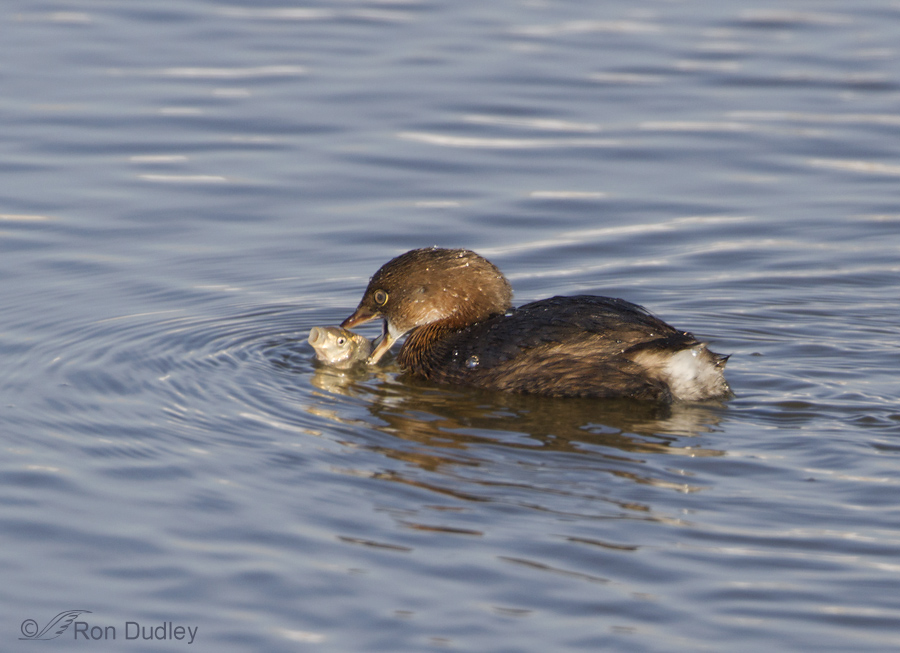
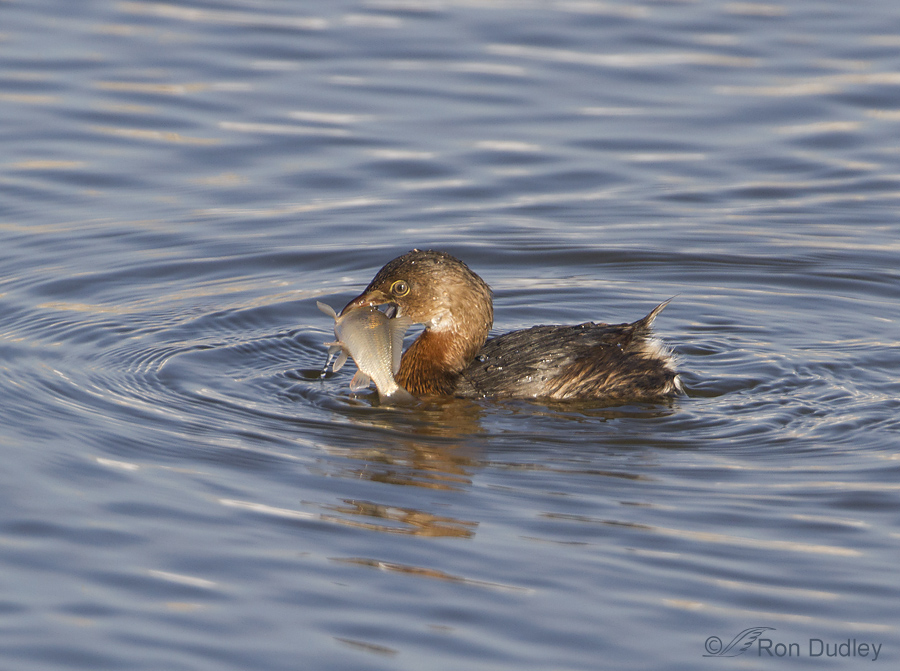
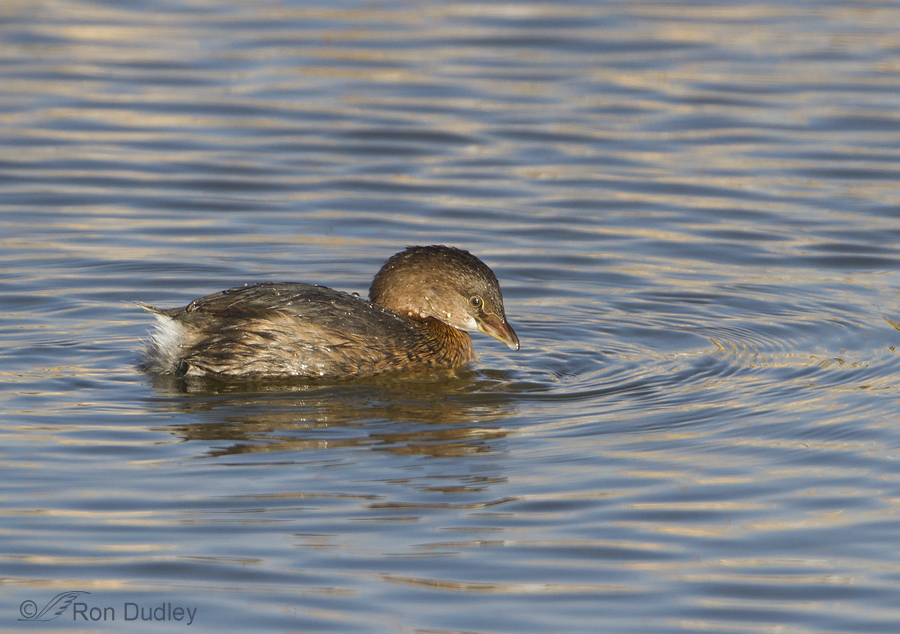
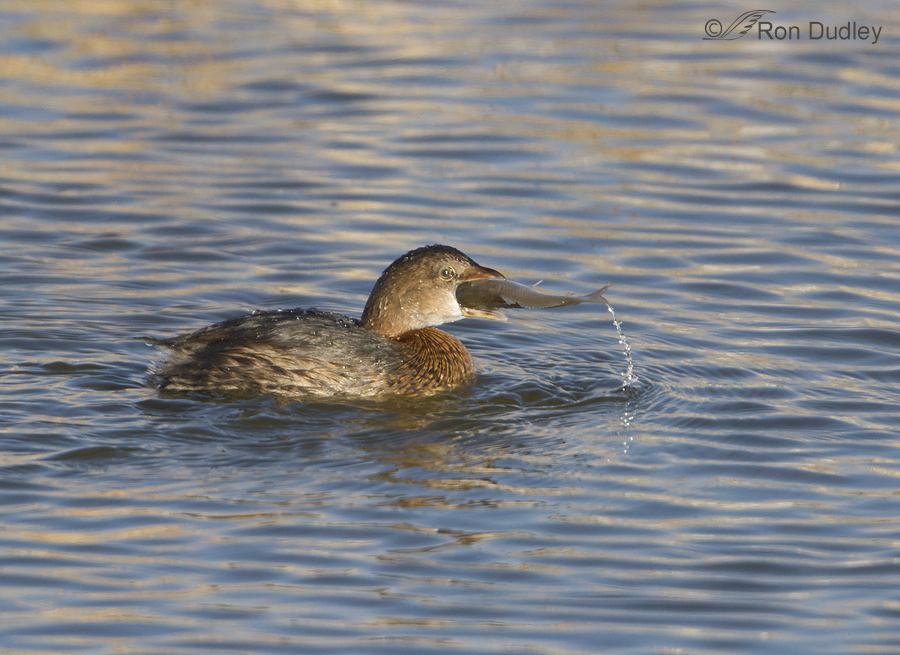
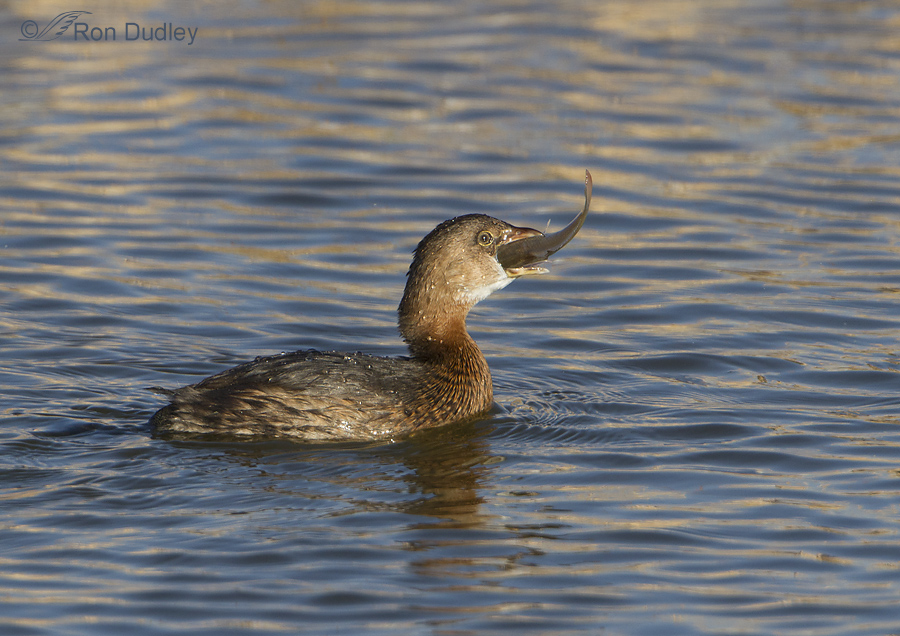
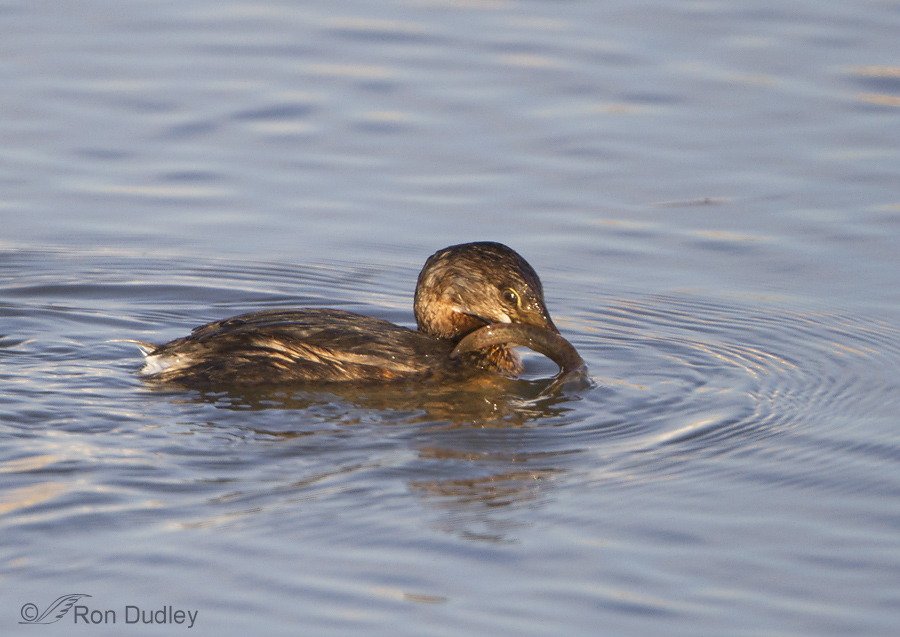
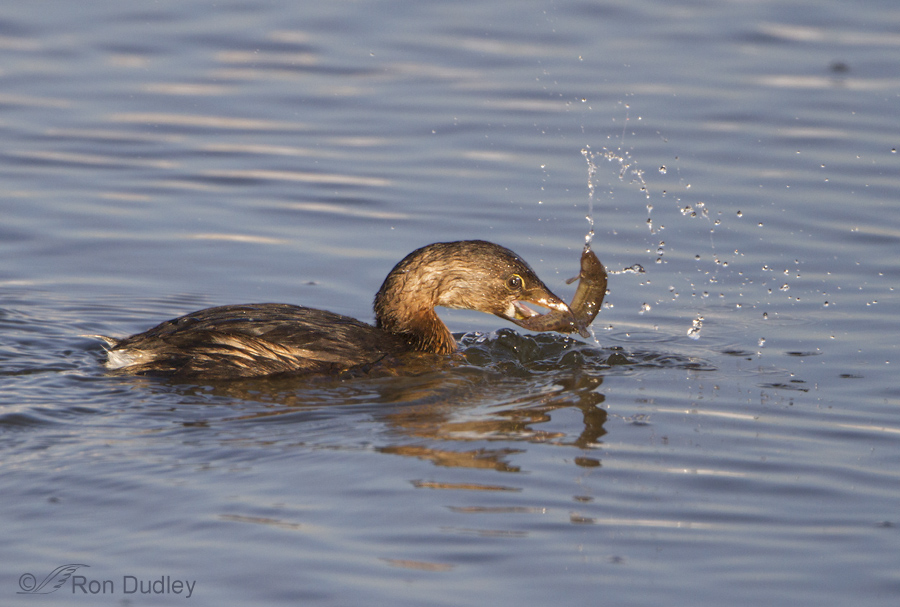
Ron–You not only connect the dots, but you also count them (dashes might have been too obvious)…
Excellent series of photos on grebe behavior and the presence of an invasive species in your waters. The authorities will be better moved to act with the photographic documentation you provide, even going back years. That’s good. At least this is one invasive for which there are voracious predators. You go grebes!
It really is incredible what some birds can swallow. I hope they get the loach under control before it becomes a real problem.
The Grebes eyes look as if they are bigger than their bellies. Huge meals. I hope that considerable thought is being given to the invasion of the loaches (which sounds like a science fiction movie title – C grade). Sadly we seem to be much better at causing environmental problems/disasters than at rectifying them.
Hopefully the presence of the loaches will be relatively innocuous, Elephant’s Child. But it seems to me we should be as prepared as possible if that doesn’t turn out to be the case.
An interesting, worrisome series. Don’t like those loaches being here, but glad at least some birds eat them. Amazing that those greedy grebes don’t choke. When the alewives swim up the fish ladder in The Mills…to spawn in Damariscotta Lake (Maine), seagulls, osprey and eagles are on hand to get an easy meal. Sometimes the gulls are so stuffed, they can’t completely swallow the last fish and they just sit there with the tail sticking half way out of their bills. The gulls are too stuffed to fly. The local fishermen use the alewives as bait and scoop them up by the barrels. That poor fish in the first frame has the “Oh! Oh”” look. It knows the jig is up…Nature sure is one tough mother……
Interesting info about the alewives, Patty. And once again your last line made me smile…
Wonderful shots and commentary! Hope something is done about this invasive species before it’s too late. I guess it would be a difficult problem to solve. How do you remove an invasive species without disturbing the other fish?
Charlotte
Thank you, Charlotte.
Wow! What an incredible series of photos. The carp look almost as big as that Gerbe. Astounding that they don’t choke when swallowing. The loach kind of creeps me out. But I guess it tastes OK to the Gerbe. How would authorities get rid of the loach? Another great learning experience for me. And maybe, thanks to your eyes and photos, something can be done to control those loaches.
Sometimes they DO look like they’re choking, Ellen. At times I’ve seen them give up on swallowing the fish but it’s never without trying very hard first.
Great shots Ron, very interesting. I wonder if the drop into the water is to allow the bird to position the fish so that he/she can swallow it easier?
Relative to the loach – what is the solution? Once an invasive species is successful due to the irresponsibility of man, how do we rid the body of water of the weather loach. If it out competes native species it will become the new dominate species and a new ecology of the lake/pond will develop. We have countless instances of man dumping invasive species into our environment, some unknowingly, some on purpose with esthetic appeal and some completely irresponsibly. Too many people who seem to have no ethic for how to treat the native populations they enjoy. I would love to see an ideal solution to this ever growing (no pun intended) problem.
I don’t know the answers either, Dick. Just now I’ve reported this to the Nonindigenous Aquatic Species folks at USGS and I’m about to do the same with our state DNR. I know they’re aware of the fish being found in the state but they may not be aware of how common it apparently is at Farmington Bay.